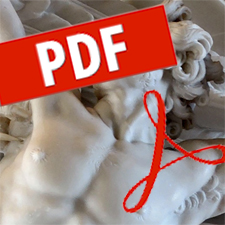Algorithms and Law, edited by Martin Ebers and Susana Navas (2020) Cambridge University Press, Cambridge, 297pp., hardback £85, ISBN: 9781108424820.
Law sails as tankers do: steadily and with difficulty in changing direction. The relative inflexibility of law enhances legal certainty as an essential requirement for the protection of rights and, eventually, the evolution of societies. Legal thought and legal analysis usually march at the same prudent pace. However, the technological disruption that artificial intelligence (AI) brings has created turmoil. The ‘law tanker’ suddenly started to behave as a dinghy in a hurricane. An institution as accustomed to serious, long and technical legal drafting as the European Parliament introduced a legal instrument with references to Mary Shelley’s Frankenstein, Pygmalion and the story of Prague’s Golem (see European Parliament, 2017). The legal debate tried to respond to unusual questions on the feasibility of an ‘electronic personality’ for robots to address liability – whether the phenomenon should be tackled with ethical (i.e., not legally enforceable) rules instead of regulation or even if an entire new legal framework was needed for AI.
